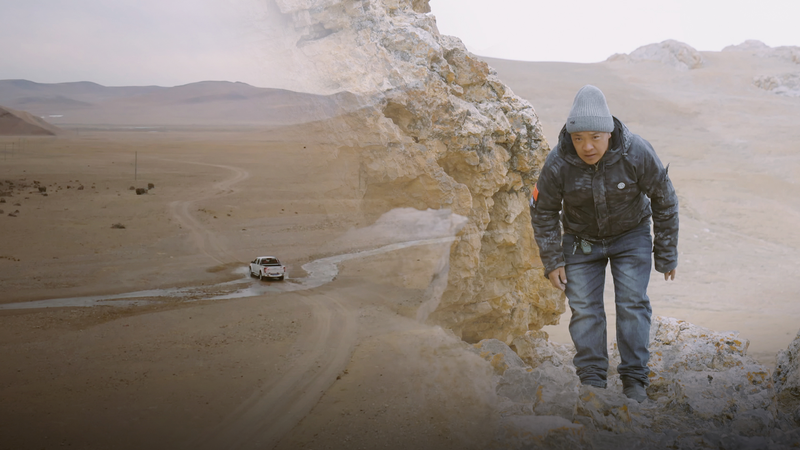Imagine waking up at dawn on the frozen plains of Serling Tso National Nature Reserve, 4,800 meters above sea level in Xainza County in the Chinese mainland's Xizang Autonomous Region. Ranger Tsultrim Tharchin laces up his boots and checks the battery on his handheld GPS – every step matters in this high-altitude wilderness.
During breeding season, rangers like Tsultrim work around the clock, trekking steep ridges and scanning the horizon for rare sightings. But even in quieter months, their vigilance never wavers. Today, Tsultrim carries an infrared camera, a tech upgrade that captures heat signatures of elusive creatures hiding in the night.
By noon, he finds the perfect spot near a frozen stream. He clears snow, mounts the camera, and sets it to record. These devices have already uncovered snow leopards, Tibetan wild asses, and Himalayan marmots. Data from the past six months shows a 25% bump in nighttime activity – a promising sign for conservationists.
As the sun dips, we review the footage. Glowing shapes emerge: a pair of foxes weaving through tussock grass, the broad shoulders of an ibex, and, fleetingly, the silhouette of a snow leopard. Each pixel tells a story: survival at the edge of human reach.
Tsultrim says the real victory is not just in capturing images, but in using that data to protect fragile habitats. "When we spot new dens or migration paths," he explains, "we adjust patrol routes and alert scientists to potential threats." It's a real-world example of tech-driven conservation in action.
For adventurers eager to explore remote landscapes, Serling Tso offers a lesson in humility and wonder. Here at the roof of the world, patience and technology come together to keep nature's most secretive residents in view – and in our collective care.
Reference(s):
cgtn.com




